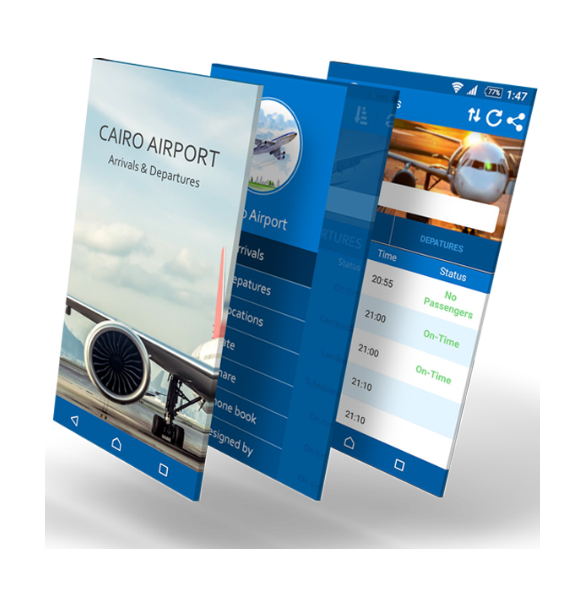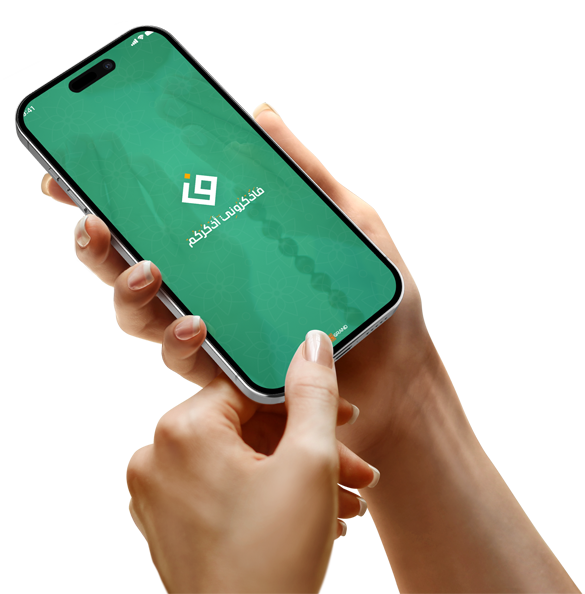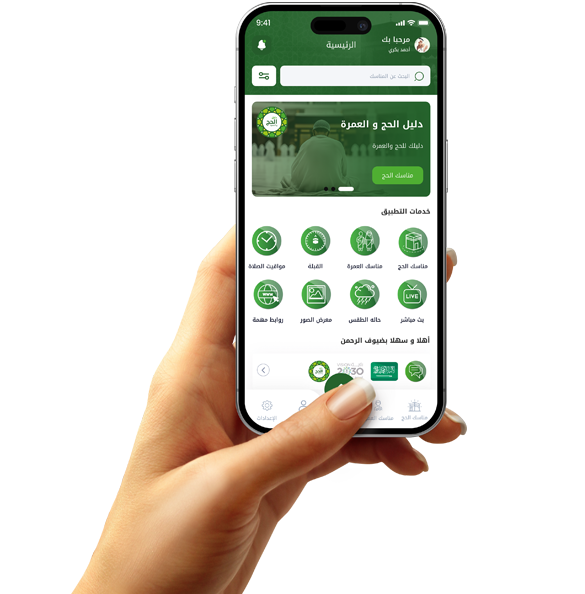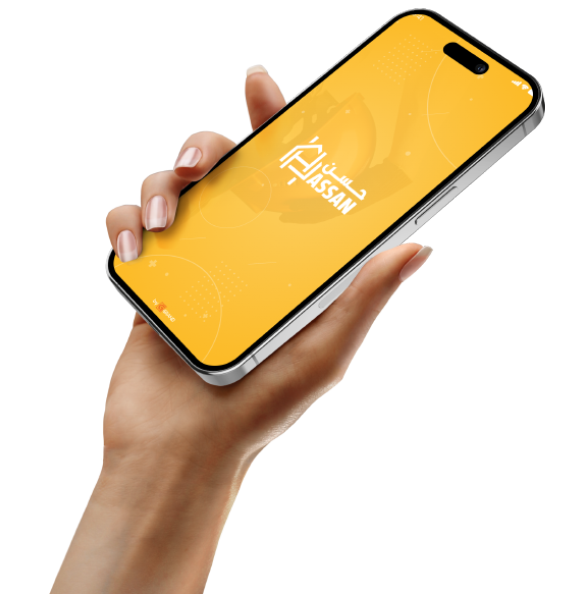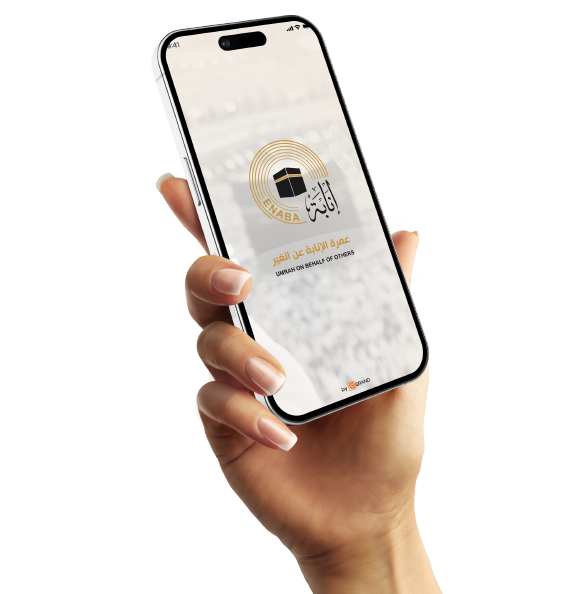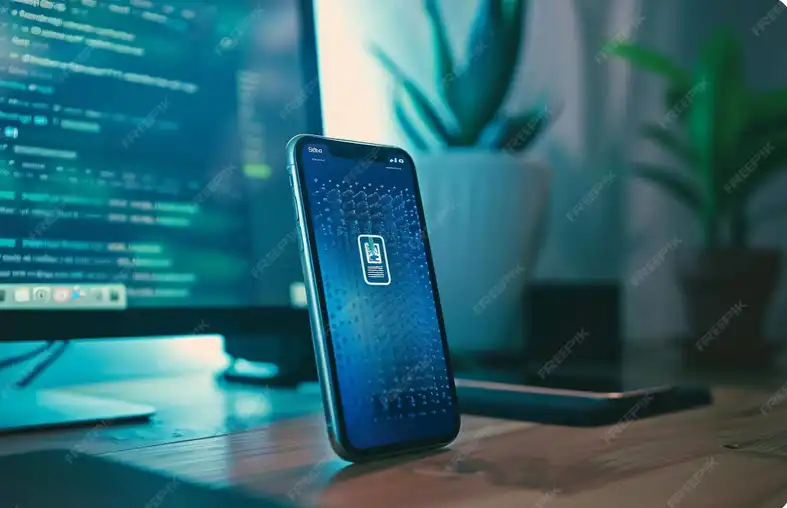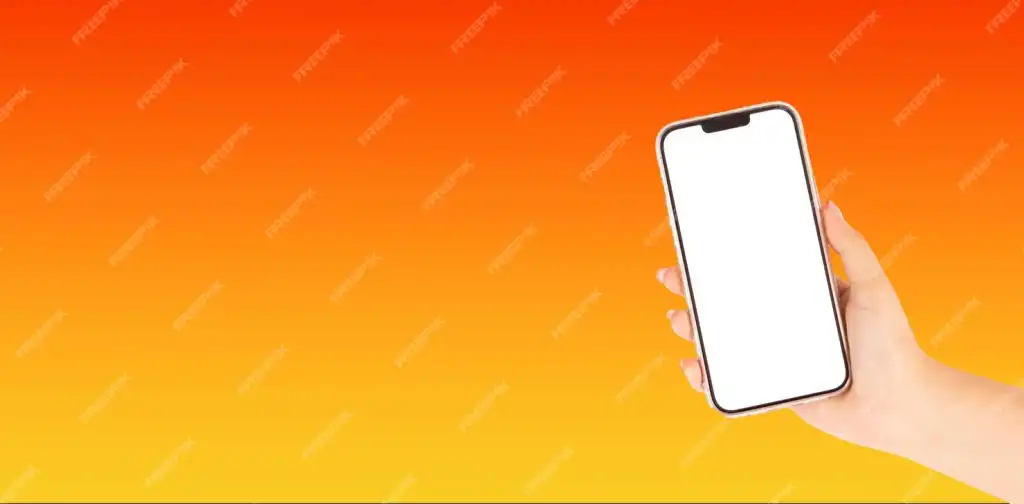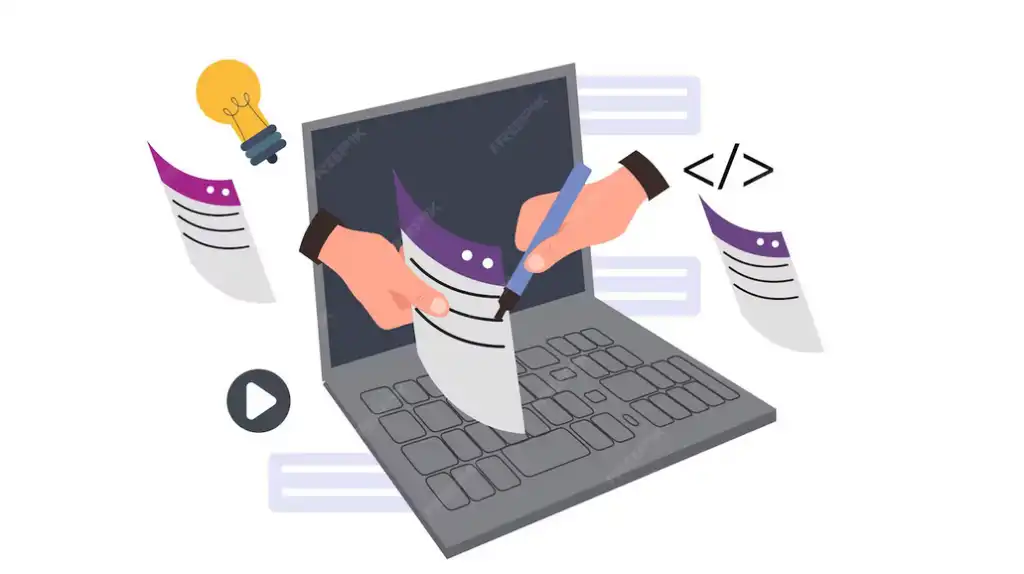Let your app interface do the talking instead of your sales team.
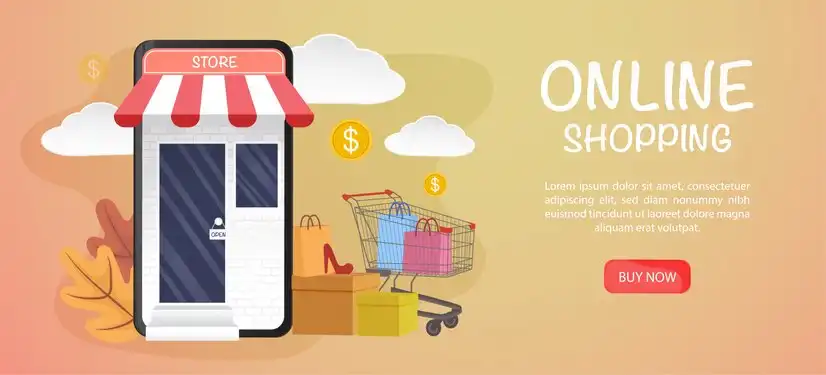
Trust Begins with the First Interface
The first thing a user encounters when opening an app is the design. This moment is similar to when a customer enters your showroom or store. If they feel comfortable and confident, they'll continue. If they feel confused or disorganized, they'll leave before they even begin.
The app interface isn't just an entry point; it's a decision-making gateway. If it's simple and clear, the user will feel like they're in a professional place that knows what it offers. Trust begins here, and this trust is what drives sales.
When you see an interface that guides you through clear steps and effortlessly presents what you want, you don't need a voiceover from an employee explaining it to you. On the contrary, you feel like you're discovering it on your own, and this is a powerful marketing advantage.
Every icon, every color, every transition within the app should serve a purpose: facilitating the path to making a purchasing decision. There's no room for randomness; every detail plays a role in the persuasion process.
A cluttered or disorganized interface undermines the user's sense of professionalism. A thoughtful interface, resembling direct and clear speech, makes up for any missing human contact.
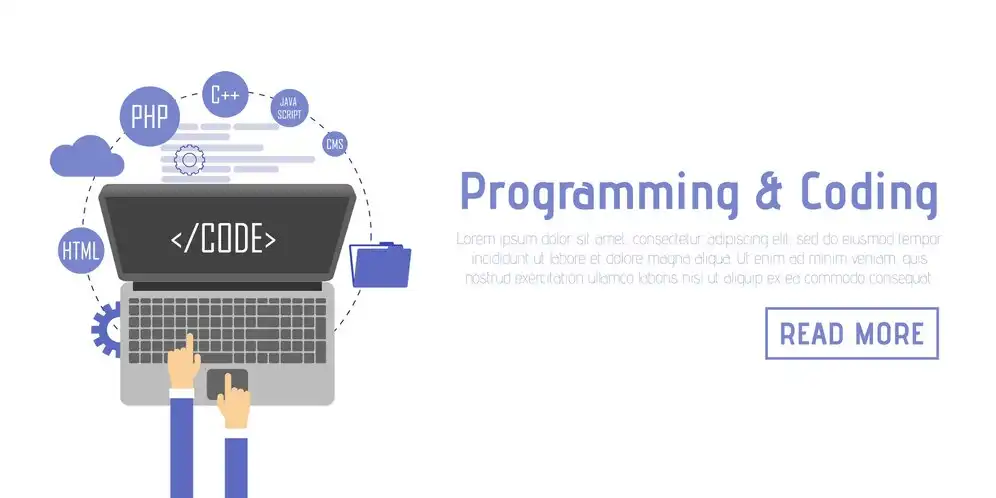
Every button is a call to sale
In the world of apps, buttons and interactive elements aren't just navigation tools. They're cleverly disguised calls to sale. Every button within the interface is an opportunity to persuade the user to take a further step, a deeper interaction, and possibly an immediate purchase.
"Get started now," "Try it for free," or "Add to cart" all carry a sales tone, but they're said silently. Word choice, button size, color, and location on the page all play a direct role in guiding the user.
A successful app doesn't require lengthy persuasion; it simply presents the right button at the right moment. The user feels as if the app reads their intentions and seamlessly suggests the next step, just like a professional salesperson.
Smart visual interaction builds trust. For example, a button that changes color when pressed or loads quickly after a click sends a clear message: We're working efficiently.
Don't underestimate any element on the screen. Even the short messages that appear during navigation (“Successfully added” – “You are almost done completing your order”) are marketing phrases that reassure the user that they are on the right track.

How do images persuade instead of words?
In-app images aren't for decoration; they're a fundamental means of persuasion. Users trust what they see more than what they hear or read. Therefore, choosing images for an app interface is like choosing the best phrases for a sales team.
A high-quality, detailed product image can replace dozens of lines of explanation. When a customer sees exactly what they're getting, they feel reassured and make a decision more quickly.
Not only that, but the arrangement of images and their presentation within the app makes a huge difference. Do you show just one image? Or do you include multiple angles? Is there a short video showing actual use? All of these elements persuade without any dialogue.
Successful sales apps invest in professional visual presentation because they simply sell more. Users don't want to guess what they're getting; they want to feel as if they're seeing it right in front of them.
Even apps that don't sell a tangible product can use images effectively. For example, a services app can display photos of previous work or "before and after" comparisons, which are more powerful than any verbal advertisement.

The Interface That Builds a Relationship Before the Sale
A successful sales team doesn't start directly with trying to sell; they build a relationship first. A smart interface does the same thing. When a user enters your app and feels comfortable, they open the door to trust, and this is the beginning of every successful sale.
The interface design should create a sense of welcome. Using phrases like "Welcome back" or "It was our pleasure to serve you today" creates a human touch that makes the user feel like they're more than just a number.
The way content is presented also conveys an intention to connect. An app that shows the user what they're interested in, or suggests something that aligns with their previous behavior, feels like it knows them personally. This is a very powerful marketing advantage.
Instead of waiting for a customer to ask, intelligently present what they're looking for. For example, displaying your most popular products or temporary offers on the homepage is like an employee saying, "We have something you might like."
Smart app interfaces don't just focus on organization; they also strive for visual warmth. Relaxing colors, friendly buttons, and phrases that speak to the user as a human being all build a strong relationship from the first minute.



